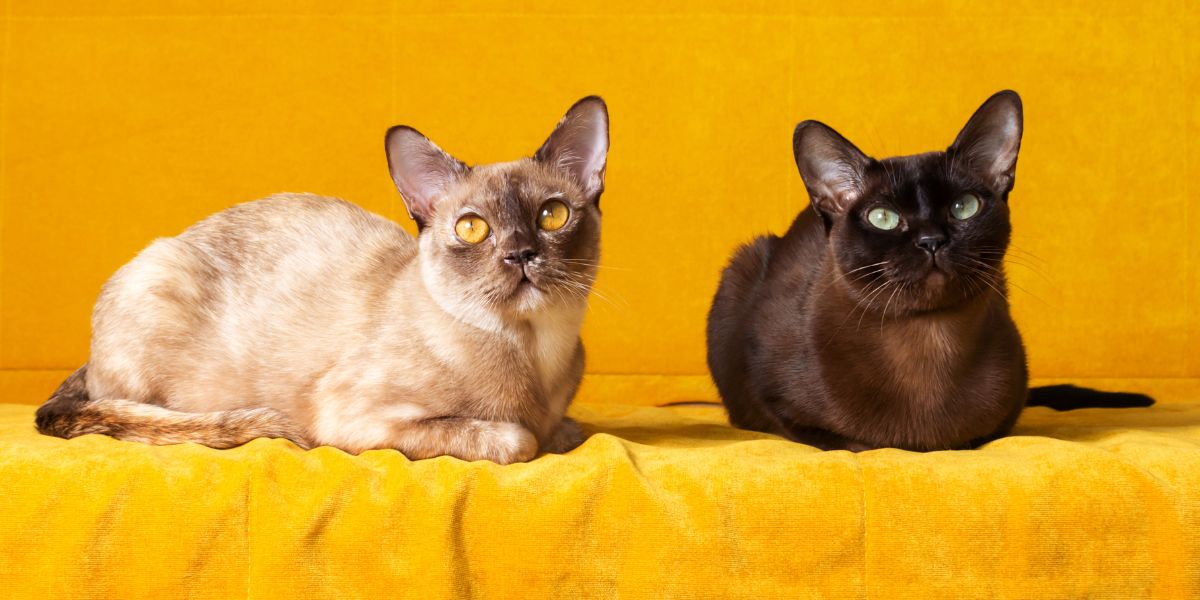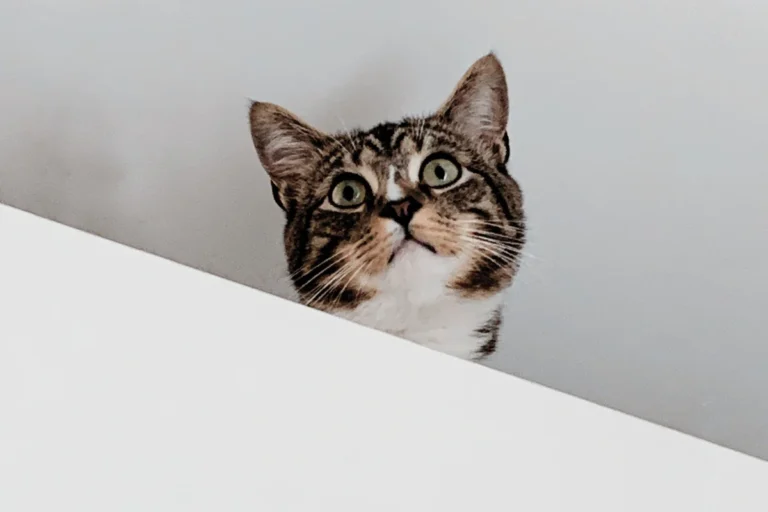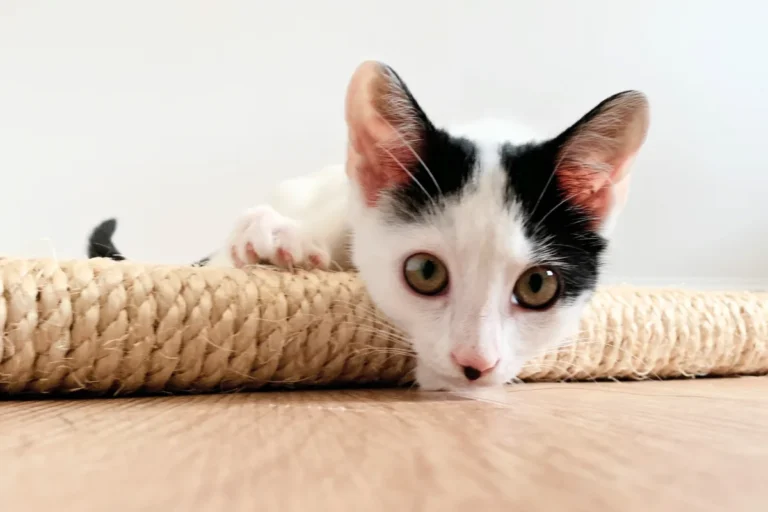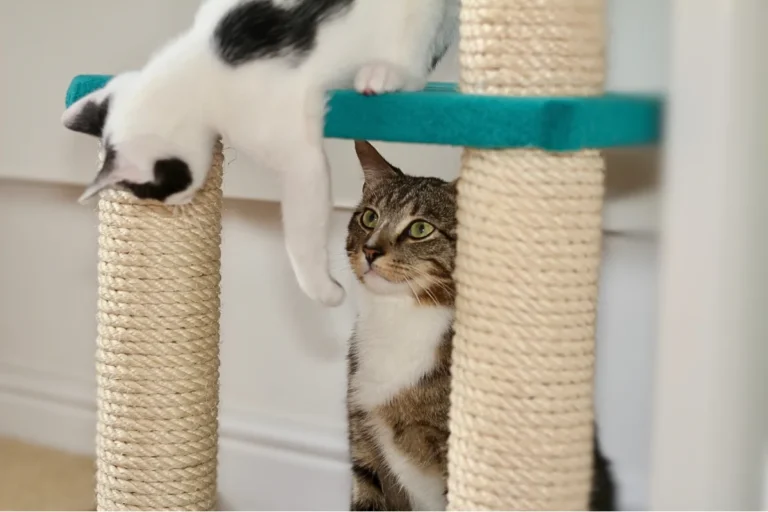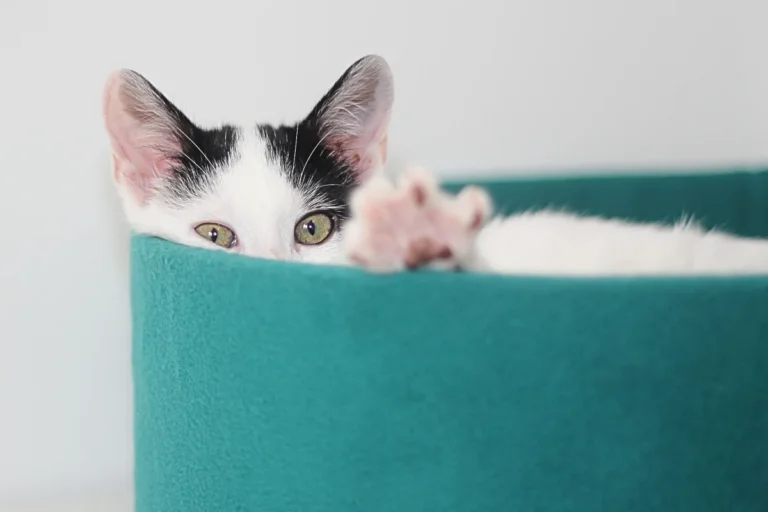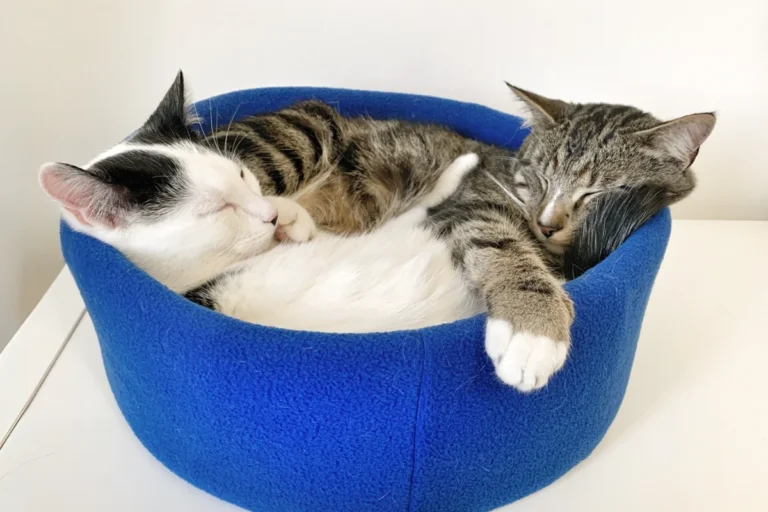Guide to cat breeds: Characteristics, care and living situations
Our comprehensive guide to cat breeds delves into the fascinating world of feline companionship. Whether you’re a seasoned cat owner or considering welcoming a new furry friend into your home, understanding the diverse characteristics, care requirements and ideal living situations of various cat breeds is essential. Join us as our guide to cat breeds explores the rich history, unique temperaments and specific needs of each breed, helping you make informed decisions about the perfect feline addition to your family.
Persian cats
History: Originating in Persia (modern-day Iran), Persian cats are one of the oldest and most beloved breeds in the world. They were introduced to Europe in the 17th century and quickly gained popularity for their luxurious coats and gentle demeanour.
Characteristics: Persian cats are known for their long, flowing coats, distinctive flat faces and expressive eyes. They have a calm and affectionate temperament, making them excellent companions for families and individuals alike.
Care requirements: Due to their long fur, Persian cats require regular grooming to prevent matting and maintain coat health. Daily brushing and occasional baths are recommended. Additionally, their flat faces can lead to respiratory issues, so regular cleaning of facial folds is essential.
Ideal living situation: Persian cats thrive in quiet, indoor environments where they can receive plenty of love and attention. They are not typically suited to outdoor living due to their long coats and docile nature.
Siamese cats
History: Originating from Thailand (formerly Siam), Siamese cats have a long and storied history dating back centuries. They were revered as sacred temple cats in ancient Siam and were later introduced to the Western world in the late 19th century.
Characteristics: Siamese cats are known for their striking blue almond-shaped eyes, pointed colouration on their ears, face, paws and tail, and sleek, muscular bodies. They are vocal, intelligent and social cats with a strong attachment to their human companions.
Care requirements: Siamese cats have short, fine coats that require minimal grooming. Regular nail trimming and dental care are important, as they are prone to dental issues. Mental stimulation is also crucial for this intelligent breed, as they enjoy interactive play and puzzle toys.
Ideal living situation: Siamese cats thrive in homes where they can receive plenty of attention and mental stimulation. They are social creatures that enjoy the company of humans and may become lonely if left alone for long periods.
Maine Coon cats
History: Hailing from the state of Maine in the United States, Maine Coon cats are one of the largest domesticated cat breeds. Their origins are shrouded in legend, with tales of them being descendants of semi-wild cats and raccoons (which is biologically impossible). However, they are believed to have evolved from long-haired cats brought to America by seafarers.
Characteristics: Maine Coons are known for their large size, tufted ears, bushy tails, and friendly, outgoing personalities. They have a gentle and affectionate nature, often forming strong bonds with their human family members.
Care requirements: Maine Coons have thick, water-resistant coats that require regular grooming to prevent matting and tangles. Weekly brushing is recommended, with more frequent sessions during shedding seasons. They are generally healthy cats but may be prone to certain genetic conditions, such as hip dysplasia and hypertrophic cardiomyopathy.
Ideal living situation: Maine Coons are adaptable cats that can thrive in various living situations, including both indoor and outdoor environments. They enjoy having access to outdoor space where they can explore and exercise their natural hunting instincts.
Bengal cats
History: Bengal cats are a relatively new breed, originating from the crossbreeding of domestic cats with Asian leopard cats in the 1960s. They were developed to resemble the exotic appearance of wild cats while maintaining a domestic temperament.
Characteristics: Bengal cats have distinctive spotted or marbled coats, muscular bodies and energetic personalities. They are intelligent, curious and active cats that enjoy interactive play and exploration.
Care requirements: Bengal cats have short, dense coats that require minimal grooming. Regular nail trimming and dental care are important. Providing plenty of toys and opportunities for physical and mental stimulation is essential to prevent boredom and destructive behaviour.
Ideal living situation: Bengal cats thrive in homes where they can receive plenty of mental and physical stimulation. They enjoy interactive play with their human companions and may appreciate access to outdoor enclosures or supervised outdoor time.
Ragdoll cats
History: Ragdoll cats were developed in the 1960s by a breeder named Ann Baker in California, USA. They were selectively bred for their large size, gentle temperament and tendency to go limp when picked up, hence the name ‘ragdoll’.
Characteristics: Ragdoll cats are known for their large, muscular bodies, semi-long coats and striking blue eyes. They have a laid-back and affectionate nature, often forming strong bonds with their human family members.
Care requirements: Ragdoll cats have semi-long fur that requires regular grooming to prevent matting and tangles. Weekly brushing is recommended. They are generally healthy cats but may be prone to certain genetic conditions, such as hypertrophic cardiomyopathy.
Ideal living situation: Ragdoll cats are well-suited to indoor living and thrive in quiet, relaxed environments where they can receive plenty of love and attention. They enjoy lounging on comfortable furniture and may appreciate having access to window perches or cat trees for bird-watching.
Sphynx cats
History: Contrary to popular belief, Sphynx cats are not actually hairless but rather have a fine layer of downy fur that gives them a unique appearance. They were first bred in the 1960s in Toronto, Canada, through selective breeding of hairless kittens found in litters of domestic cats.
Characteristics: Sphynx cats are known for their distinctive appearance, with wrinkled skin, large ears and prominent cheekbones. They are friendly, affectionate and outgoing cats that enjoy being the centre of attention.
Care requirements: Despite their lack of fur, Sphynx cats still require regular grooming to remove excess oil and dirt from their skin. Bathing once a week is recommended. They are generally healthy cats but may be prone to certain skin conditions, such as sunburn and acne.
Ideal living situation: Sphynx cats are indoor cats and thrive in homes where they can receive plenty of attention and affection from their human companions. They enjoy cuddling and being in close proximity to their owners.
British shorthair cats
History: British Shorthair cats have a long history dating back to ancient Rome when they were prized for their rat-catching abilities aboard ships. They were later brought to Britain by the Romans and were further developed into the breed we know today.
Characteristics: British Shorthair cats are known for their sturdy build, dense coats, and round faces. They have a calm and easygoing temperament, making them ideal companions for families and individuals alike.
Care requirements: British Shorthair cats have short, dense coats that require minimal grooming. Weekly brushing is usually sufficient to remove loose hair and prevent matting. They are generally healthy cats but may be prone to certain genetic conditions, such as hypertrophic cardiomyopathy.
Ideal living situation: British Shorthair cats are adaptable and can thrive in various living situations, including both indoor and outdoor environments. They enjoy having access to outdoor space where they can explore and sunbathe.
Conclusion
Our guide to cat breeds outlines the key characteristics, care requirements, and ideal living situations of various breeds. This is essential for providing your preferred breed with the best possible care and ensuring a harmonious relationship between cat and owner. Whether you’re drawn to the regal elegance of a Persian cat, the exotic allure of a Bengal, or the laid-back charm of a Ragdoll, each breed offers its own unique qualities and joys to discover. By considering factors such as temperament, grooming needs, and living environment, you can make informed decisions about the perfect feline companion for your lifestyle and preferences. Don’t forget to provide plenty of scratching posts and other enrichment activities to keep your cat mentally stimulated and physically healthy!
